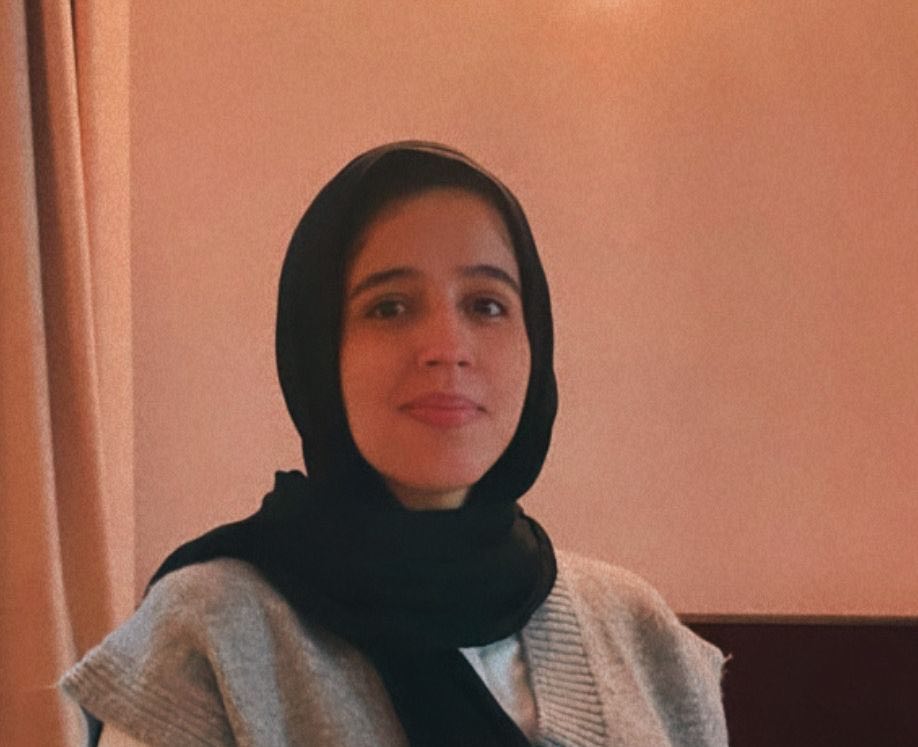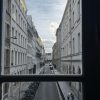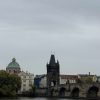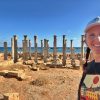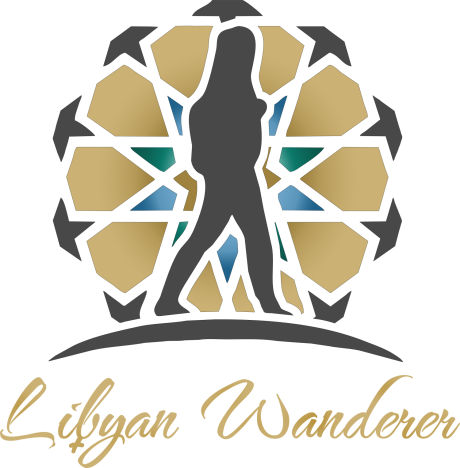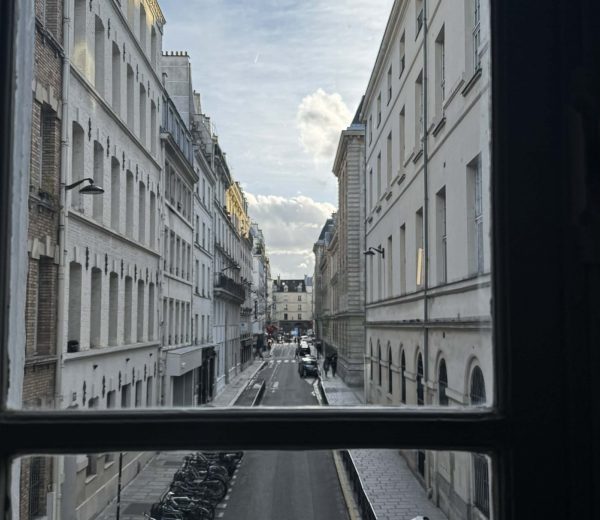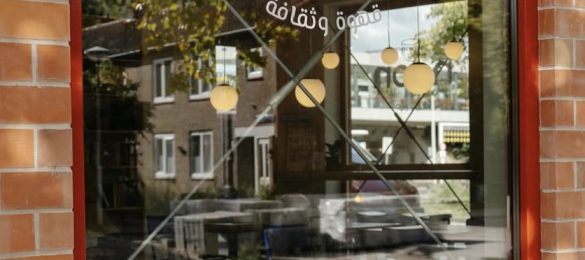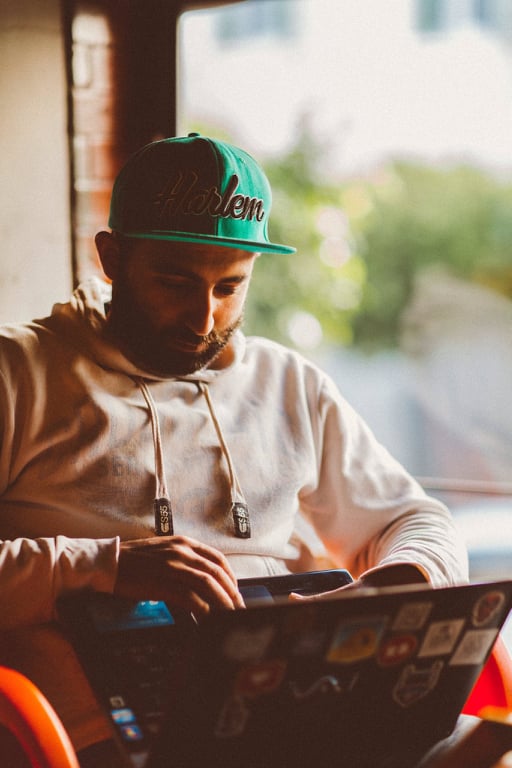
Ziad Alhemdi is a biomedical engineer and freelance graphic designer, visual artist, and civic society activist. He has been a member of the H2O organization since 2012. He is now considered a distinguished member. He worked as the media manager for the organization for over four years, and now he is a consultant for new members.
In addition, he is a member of the WaraQWaraQ Art Foundation and managed to participate in exhibitions held inside and outside Libya through this organization. He has considerable interest, if not passion, in Libya’s history.
His work as a graphic designer was first a hobby. At the beginning of 2011, when the revolution first ignited, people, wanted to participate and help in any way possible. Art was part of the fightback then. Artists of every field participated with their work from Graffiti, music, and visual art.
Their work became part of the social change the country was going through alongside the political change. We can still observe Libya today, almost 10 years after liberation. During that time, Ziad was based in Misrata city. He participated in graphic pieces and was the art director in Al-Sada’a Newspaper.
Driving the Creativity Domain
While working in H2O, he was responsible to design any visual work required for any project such as campaigns logos. In a project called ”What do youth want in the constitution? ماذا يريد الشباب في الدستور؟. He was responsible for the visual content of this project. It had a huge expansion within the Libyan society due to its importance. Since Libya ”was” in the process of drafting the constitution. Youth were and are still an integral variable of this process.
The concept of this project was to visit over 60 cities and villages all over Libya. The team had to survey people from every place to know what the youth want. The trip exposed Ziad to Libya from a totally different and unique lens as I would like to describe it.
An opportunity to experiment with the richness of Libya’s diverse culture. He witnessed the diversity and cohesion of the multiple layers of this net. Later on, it ignited his curiosity to find out more. As a result, ended up coming up with the ”Libyan Landmarks” series (سلسلة معالم ليبية).
What is the ”Libyan Landmarks” Series?
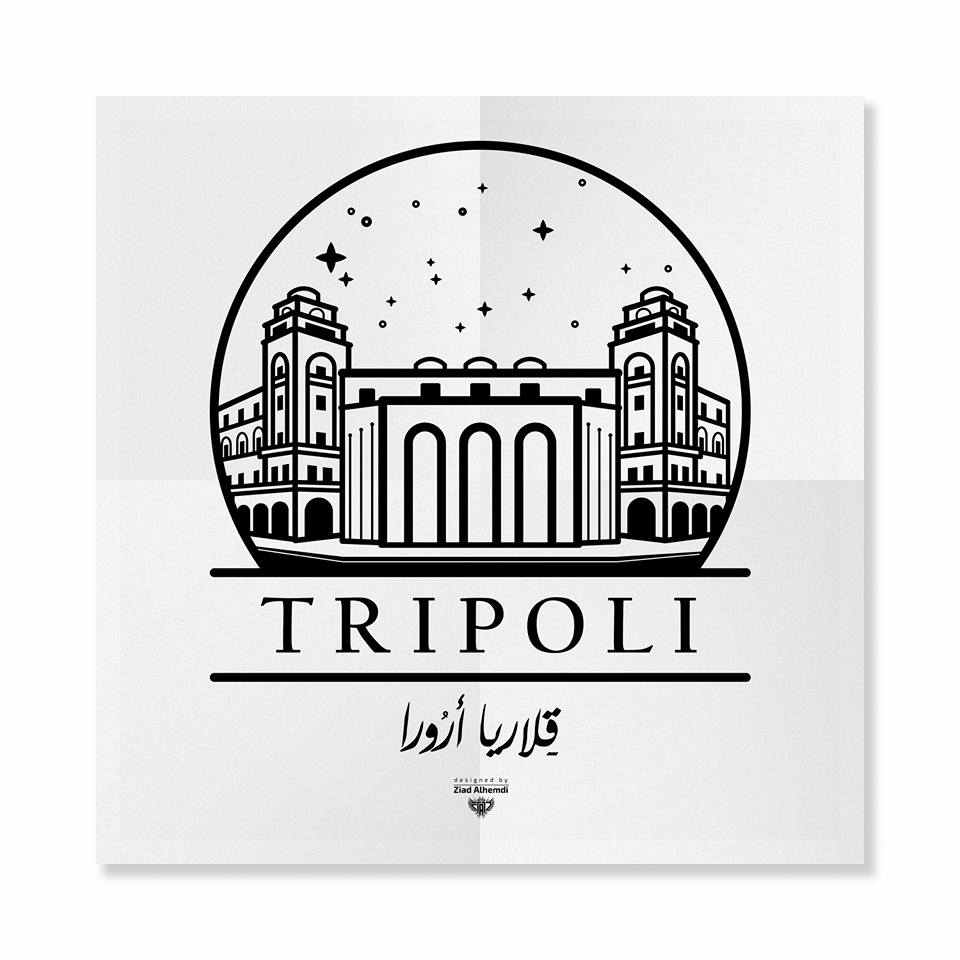
Libyan Landmarks visual Series is considered a highlight in the Libyan graphics scene. It made a huge success in and out of Libya when Ziad launched the first designs. It is a series that portrays Libya’s diverse and hidden landmarks. Shown in beautiful designs with descriptions written in many languages such as Arabic, English, French, Italian, and Tamazight. However, the story is much bigger and it is as interesting as the designs. Ziad told me that at the beginning of the project, he didn’t have the idea of having multiple designs.

Actually, the idea was mainly to focus on the least famous and unknown landmarks. Usually, when we think of landmarks around the world, we will only think of a single landmark when, in fact, there are many that are worth documenting, too.
Landmarks Around Libya
For example, Tripoli is well-known for the Red Castle (Assaraya Alhambra) located downtown Tripoli in Martyr’s square. However, is it really the only landmark in this city? of course not! Thus, Ziad embarked on the journey of revealing other landmarks in the capital, Tripoli. Including in other cities around Libya. In addition, he is working on releasing five designs of five landmarks registered at UNESCO as a cultural heritage in Libya.
The initial designs had no description as they were released. Nonetheless, people were ecstatic about them and encouraged him to design other landmarks from other cities. Therefore, the second batch of designs included detailed descriptions. The concept Ziad had was to let people familiar with Libya’s landmarks and learn about the history behind them.
When he was in the H2O organization, the majority of members were architects. One of the founding members, Haidar Dawi, informed Ziad about the stories behind old buildings in downtown Tripoli. Mainly, every time they went out. Ziad would look up additional information online and any supporting documents and published papers, if available.
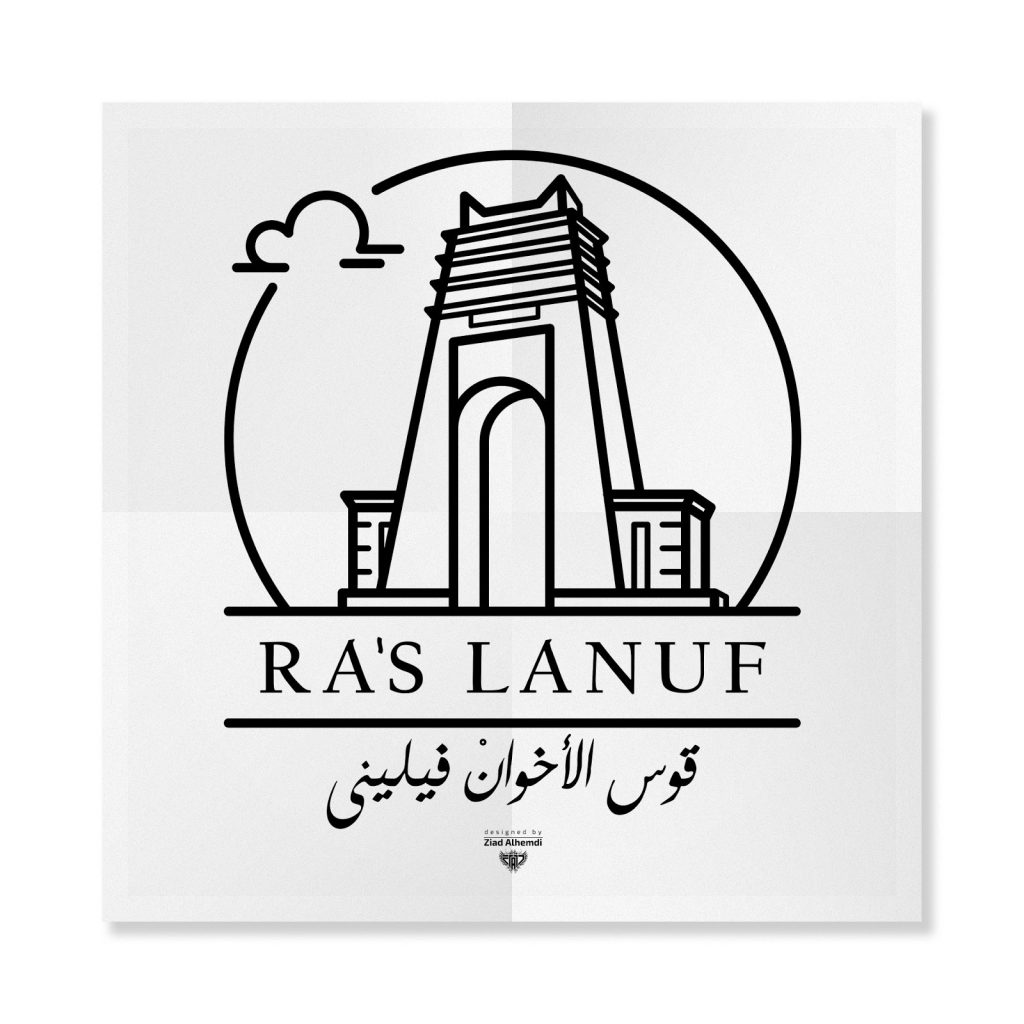
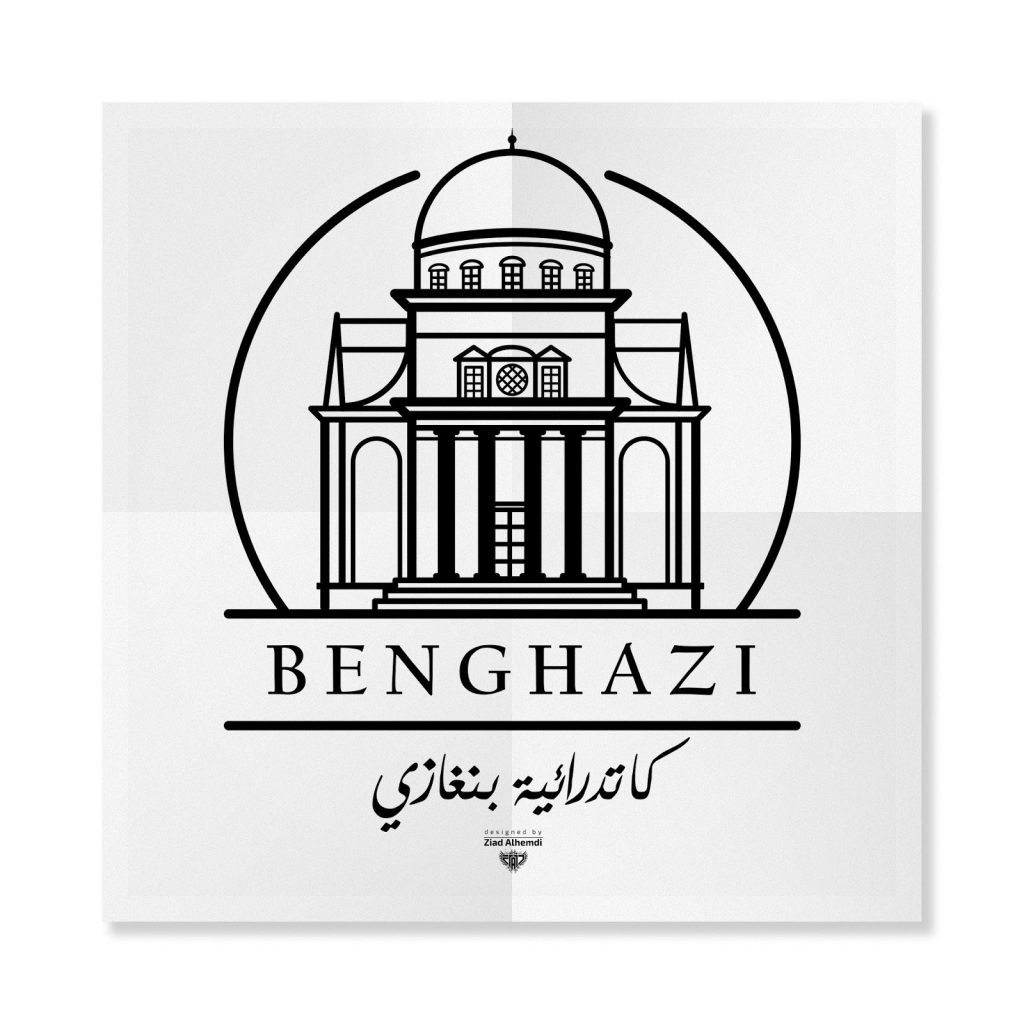
Moreover,
Throughout this interesting interview, I asked Ziad about his favorite designs. He told me that there are three designs that are dear to him. These are Galleria di Aurora in Tripoli, Marble Arch, also Arch of the Philaeni in Ras Lanuf, and Benghazi’s Cathedral.
Ziad said that not many people know this but Benghazi’s Cathedral is the biggest cathedral in North Africa. Again, the main target is to focus on neglected landmarks. In order to be preserved and to save what’s left, especially, the architectural history.
Speaking to Ziad about Libya’s history, I could highly resonate with what he is doing. It is in a way to fill a gap he has had growing up regarding Libya’s history. It is the same for me personally when I decided to focus on Libya’s history in my articles. I think he is helping many other Libyans to fill this gap as well.
Final Remarks on Landmarks & Beyond
Unfortunately, the educational system didn’t have an authentic focus on Libya. As a result, it created and widened the gap. Students would learn about Islamic history, the Ottomans, and a little bit of Italian colonization. Without having traces of Libya’s diverse history. In addition, as he traveled and met foreigners. Ziad noticed that sometimes they would know more about our country than Libyans. It added to the motivation he already has to highlight the diversity we have to an international audience.
Of course, this does not mean that this journey was completely smooth. In fact, he encountered many challenges. Especially in collecting information. Some of the designs he released did not have descriptions because no data was available.
Also, if the information is available in Libya. For example, in archives and documents at Al-Jihad Centre or Assaraya Alhambra museum, accessibility is almost impossible. Ziad urges the need for institutional proactivity and support to revive the available resources. It is important to preserve the already existing archives. And to provide easy access to these institutions, especially to researchers and locals who search for answers.
Check his page on Instagram: ziad_alhemdi and Facebook on ZAlhemdi
